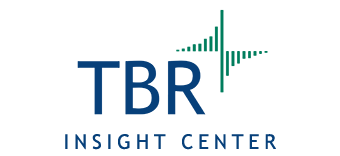Dell Technologies’ IoT strategy evolves
IoT is strategic
Internet of Things (IoT) is important to Dell Technologies because it generates data at the edge of the network. CEO Michael Dell reiterated that, “AI [artificial intelligence] is your rocket ship and data is the fuel,” but one might just as well say that data is Dell Technologies’ fuel. Dell Technologies’ business is built on customers’ need to obtain and extract value from data. The fact that IoT is edge-based helps with Dell Technologies’ need to maintain and grow its on-premises infrastructure business. While Dell Technologies is a vendor to public cloud providers, its on-premises business is more profitable. Data generated at the edge increases the need for edge storage and processing and makes other on-premises storage and processing more attractive.
Dell Technologies is starting with partners, bundles, and appliances
While other digital transformation technologies such as machine learning and blockchain are not as edge-centric as IoT, they are often used in IoT solutions and they present Dell Technologies with the same problem: Their applications are so diverse and specific to businesses and business processes that Dell Technologies cannot acquire or develop the domain knowledge necessary to create and sell enough specific solutions to address the breadth of the market or the majority of the revenue. For this reason, Dell Technologies prioritized the development of a strong partner ecosystem. Different ecosystem partners bring to the table domain expertise, other desirable technology, or the services necessary to integrate, deploy, and run specific solutions.
Dell Technologies Analyst Summit 2018: Dell Technologies’ (NYSE: DVMT) Internet of Things (IoT) strategy has emerged over the last year, addressing the challenges faced by horizontally focused companies when approaching a fragmented market. The company shared its approach with analysts in half-day interactive session, revealing a multifaceted strategy that TBR believes is thoughtful, sophisticated and likely to help the company grow. The strategy includes a strong partnership network, specific IoT solutions and a growing set of relevant infrastructure components.
